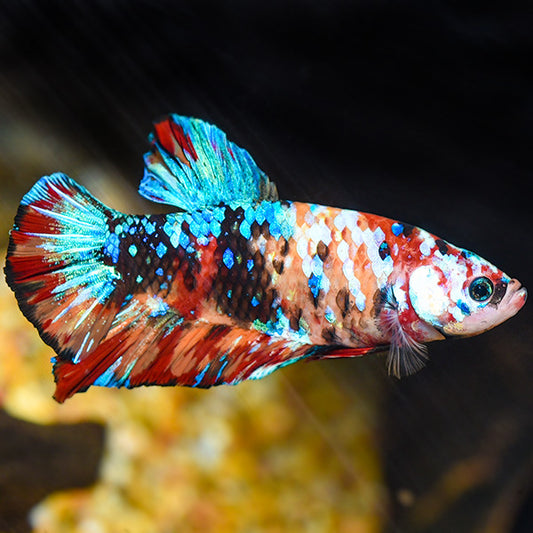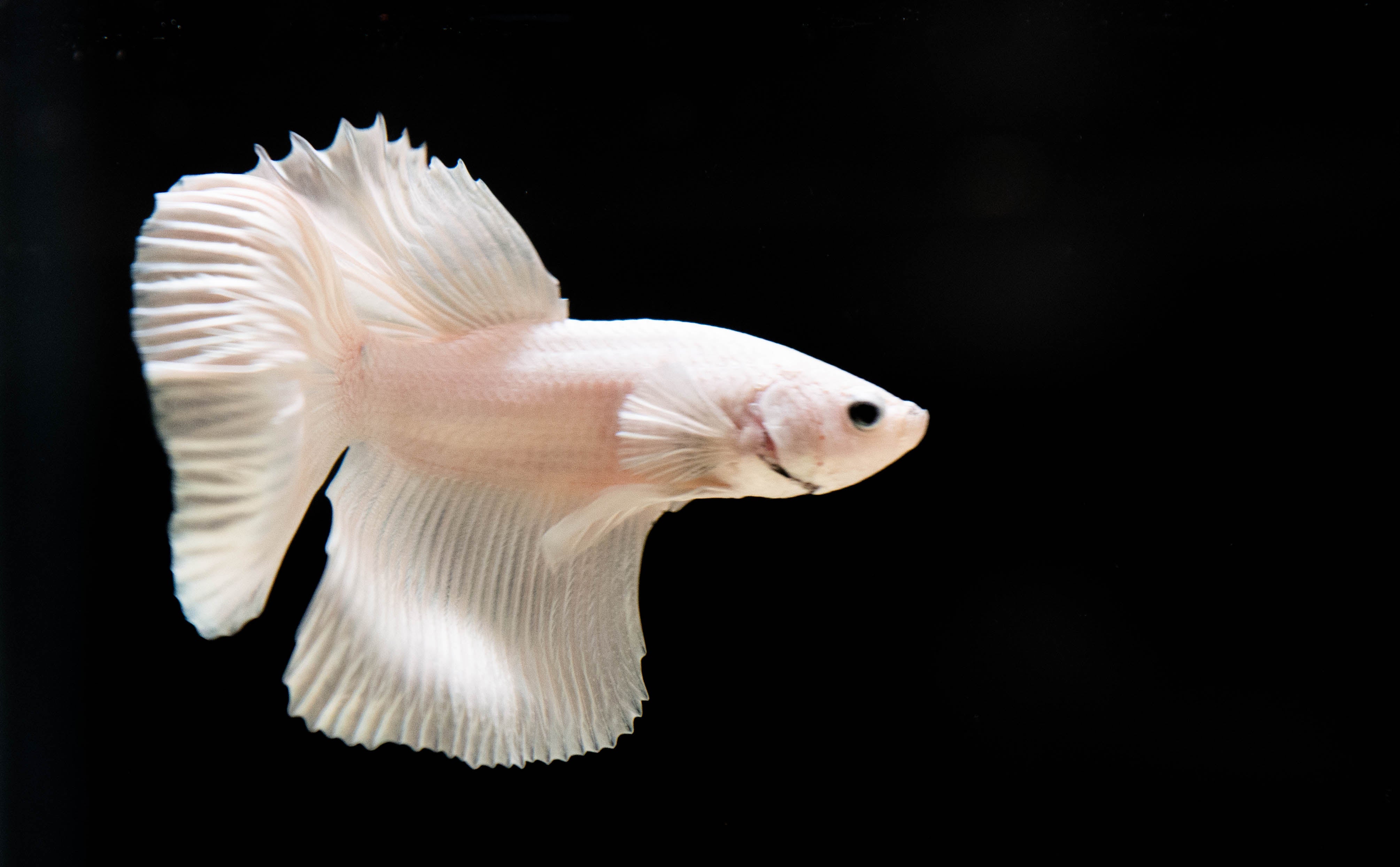Betta Fish Diet Regimen: What to Feed Your Betta for Optimal Health And Wellness
Betta Fish Diet Regimen: What to Feed Your Betta for Optimal Health And Wellness
Blog Article
All Concerning Betta Fish: Understanding Their One-of-a-kind Needs, Actions, and the very best Practices for Optimal Treatment
Understanding the one-of-a-kind needs and habits of Betta fish is crucial for any kind of aquarist looking to supply optimum care. betta fish. As we explore these aspects further, the effects for both beginner and experienced fish caretakers come to be increasingly apparent, increasing concerns about exactly how best to suit these impressive fish in our homes.
Betta Fish Introduction
Although typically appreciated for their vivid shades and flowing fins, Betta fish, medically referred to as Betta splendens, are complicated animals that require details like grow. Stemming from Southeast Asia, these freshwater fish are recognized for their territorial nature and distinct habits. Betta fish display sex-related dimorphism, with men displaying more vivid shades and longer fins than ladies.
Their hostile tendencies, specifically amongst men, demand cautious factor to consider when housing them. Bettas are often maintained in single-specimen storage tanks to stop territorial conflicts. They can exist side-by-side peacefully with particular compatible varieties in bigger neighborhood containers, supplied the atmosphere fulfills their requirements.

To guarantee optimum care, aquarists should comprehend their unique behavior attributes, nutritional needs, and environment demands. betta fish. With appropriate attention, Betta fish can display their vibrant characters and prosper in a well-maintained aquarium setup
Natural Environment and Setting
Betta fish grow in a diverse series of natural environments, primarily discovered in the shallow waters of Southeast Asia, consisting of rice paddies, swamps, and slow-moving streams. These settings are identified by cozy temperature levels, typically between 75 ° F and 82 ° F(24 ° C and 28 ° C ), and a pH level varying from 6.5 to 7.5, which is ideal for their health and health.
In their all-natural environments, Betta fish are accustomed to dense plant life, offering both sanctuary and breeding grounds. The presence of plants such as drifting water lilies and thick lawns not just provides security from killers but additionally adds to the oxygenation of the water, which is important for their respiratory requirements. Furthermore, these environments frequently have areas of still water, enabling Betta fish to exhibit their all-natural behaviors such as bubble nesting.
Recognizing the natural environment of Betta fish is critical for fish tank fanatics. Replicating these problems-- through water temperature, pH balance, and the incorporation of online plants-- can substantially boost the general wellness and long life of these exciting fish, ensuring they grow in a home fish tank setup.
Social Habits and Interactions
Recognizing the social behavior and communications of Betta fish is important for successful aquarium administration. Betta fish, or Siamese combating fish, are understood for their distinct behavioral traits, identified largely by territoriality and aggressiveness. Men, particularly, show very hostile behaviors towards each other, resulting in the infamous track record of Betta fish as fighters. In a confined room, 2 men can participate in terrible battles, commonly causing injury or fatality.
Alternatively, women Bettas display much less aggressive actions and can coexist in teams, understood as sororities, if presented properly. It is vital to monitor their communications closely, as pecking order and prominence can lead to conflicts. Recognizing the dynamics within a Betta community is crucial; developing hiding spots and ensuring sufficient area can alleviate hostility.
In enhancement, Betta fish may additionally show interest and social behaviors in the direction of other varieties. While they can exist side-by-side with certain non-aggressive storage tank companions, it is vital to choose compatible species to stay clear of stress and anxiety and hostility. Generally, identifying these social communications is crucial to fostering an unified aquarium environment for Betta fish.
Important Care Guidelines
Providing proper treatment for Betta fish is important to their wellness and well-being. To guarantee a growing setting, it is necessary to preserve optimal water problems. The water temperature ought to be kept between 76 ° F and 82 ° F(24 ° Recommended Reading C to 28 ° C), while pH levels ought to vary from 6.5 to 7.5. Regular water changes-- roughly 25% regular-- help maintain water quality.
Betta fish call for a suitable tank size; a minimum of 5 gallons is recommended to give sufficient space for swimming and hiding. Consist of decors and plants to create a revitalizing environment, however avoid sharp objects that might damage their fragile fins.

Lastly, guarantee the storage tank is equipped with a filter to maintain the water clean, however utilize a mild filter to prevent strong currents that can worry the fish. By complying with these necessary care guidelines, proprietors can promote a healthy and vivid Betta fish.
Common Health Issues and Solutions
In the care of Betta fish, understanding of common health Source issues is essential for maintaining their wellness. To deal with fin rot, enhance water conditions and think about using a broad-spectrum antibiotic.
Another typical disorder is ich, a parasitic infection defined by white places on the fish's body (betta fish). Treatment entails enhancing water temperature and adding fish tank salt to the container, as this can aid remove the parasite
Swim bladder condition is additionally often observed, causing buoyancy problems. This problem may emerge from overfeeding or irregularity. A fasting period of 24-48 hours, followed by pop over to these guys a diet regimen of blanched peas, can offer relief.
Last but not least, bettas might experience from velvet condition, shown by a gold dust-like appearance on their skin. Treatment typically calls for medication particularly developed for outside parasites, along with boosted container hygiene.
Normal tracking of water criteria, keeping a clean environment, and supplying a well balanced diet plan are essential preventative steps. By addressing these health and wellness issues promptly, Betta fish can lead healthier, more vibrant lives.
Verdict
In summary, effective betta fish care needs an understanding of their one-of-a-kind requirements and behaviors. Providing an ideal environment, consisting of proper container size and water problems, is essential for their wellness. In addition, acknowledging their territorial nature and guaranteeing appropriate concealing areas can protect against aggressiveness. Normal tracking of health and wellness and water top quality, in addition to a well balanced diet, adds to the durability and vibrancy of betta fish. Sticking to these guidelines will certainly cultivate a thriving aquatic community for these exciting animals.
Report this page